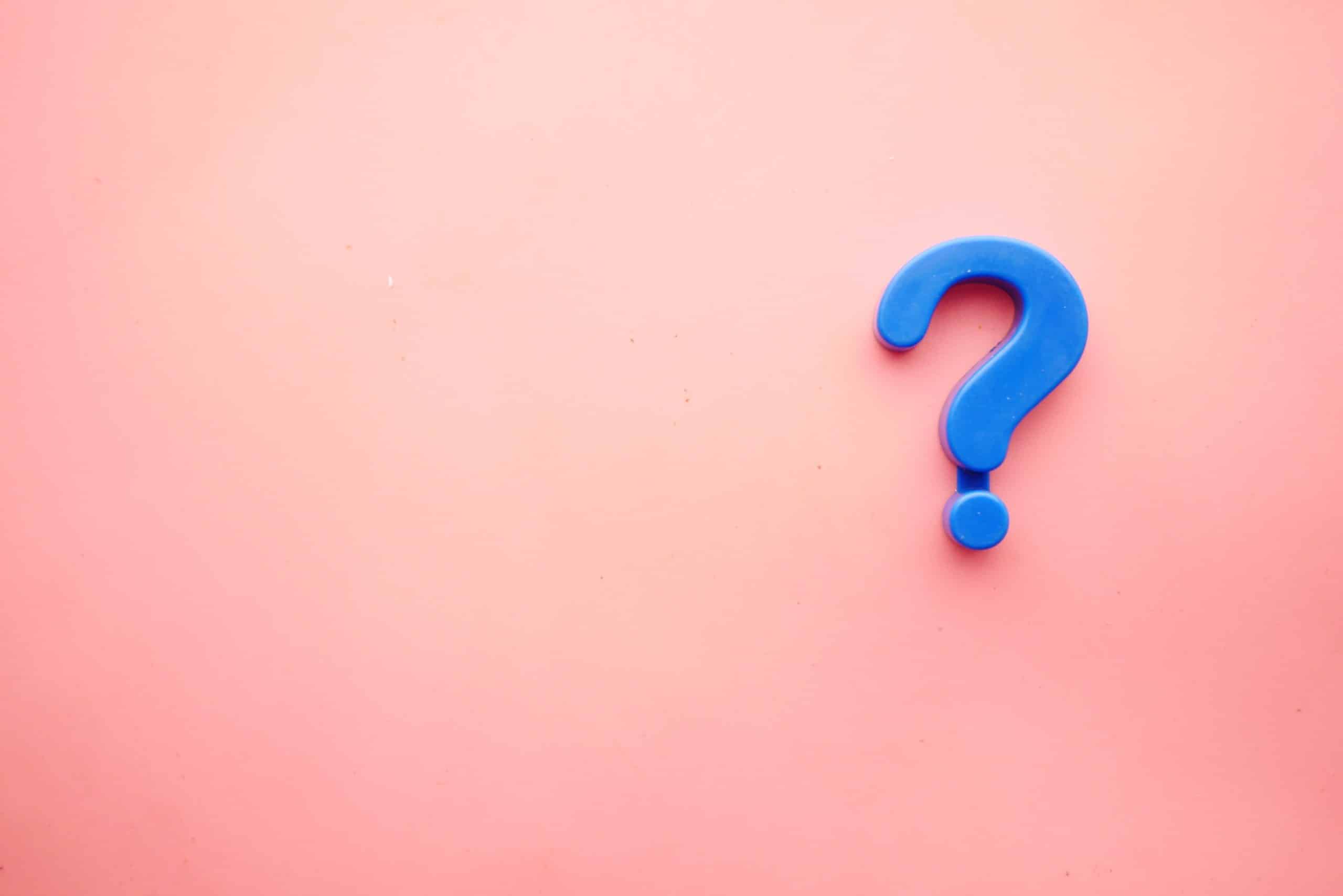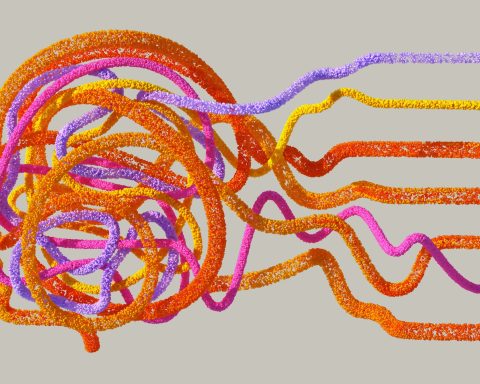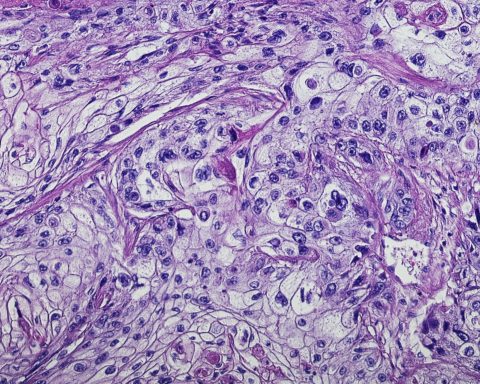 Joel Brown is a family physician.
Joel Brown is a family physician.
As a practising GP, I have come to see myself as a fixer of problems. I log into SystmOne every day at work and peruse the appointment slots looking for clues as to what specific clinical problems my patients want my help to resolve.
We were trained tirelessly to discover the chief complaint, often the assumed reason for their attendance, then negotiate an approach to identifying the root cause and solution for their particular problem. Most of us get a profound high out of solving problems, finding that elegant solution to the clinical conundrum we face. From the days of medical school where we were rewarded with a dopamine hit for getting that spot diagnosis, we continue to find professional pleasure when we can tell patients what is wrong with them and offer an effective solution.
I think this problem-oriented approach to consultation, with all the good intentions in the world, squanders the really lucky opportunity that we have when we engage our patients in that narrow window. The trouble starts with how we conceptualise patient encounters as if they emerge as symptom-triggered events when patients reach a threshold they can no longer abide or self-manage.
… the patient conceptualises their problem as one the doctor needs to solve, and our failure to do this is our failure to be of any real transactional value …
The resulting mode of interaction thus becomes transactional, patients are the prospective buyers of our ready-made solutions. This fundamentally creates a kind of physician co-dependency that can quickly spiral into a toxic and deeply unsatisfying relationship. For too often, the patient conceptualises their problem as one the doctor needs to solve, and our failure to do this adequately is our failure to be of any real transactional value to them.
How often have you felt stuck and disappointed when you think you have failed to identify the root cause of a patients problem? How many times have you simply been unable to find an elegant solution to their problem despite all the will in the world and having exhausted every reasonable investigation, resorting to begging your patient to put up with the misery of an unexplained/unresolved complaint and adjust their expectations?
What if we were to re-configure the entire opportunity?
Patients clearly come to their GP with concerns that they hope they can get expert advice to manage. There are clearly things we can indeed fix through a relatively straightforward explanation, prescription, or referral. But, what if we saw our encounters with patients mostly as an opportunity to jointly discover their untapped positive potential to be holistically well? What if we discovered what it is that they aspire to see, feel, and be in their bodies, and what they are doing well to realise this vision? What if we could help them envision the possibilities of wellbeing they are able to achieve through self-directed action and some gentle encouragement?
What if we discovered what it is that they [patients] aspire to see, feel, and be in their bodies, and what they are doing well to realise this vision?
What is the patient’s story and how can we partner with them to coach them in the direction they ultimately want to go? It then becomes less about what problems we necessarily become fixated on solving and more about facilitating their own calibration towards their personal wellbeing destiny.
We know that our current decisions and behaviour are guided by our vision of the future, so helping to construct a positive image of the patient’s wellbeing future will help them to make better decisions towards achieving those goals.
Imagine us utilising our encounters with patients to better understand how their concerns fit into the wider context of their dream for what wellbeing looks like in their holistic lived experience and community. Imagine us identifying and helping patients overcome the barriers to this destiny of wellbeing? Perhaps we might begin to facilitate innovative change rooted in self- and community-empowered breakthroughs that our patients and society so desperately need.
Perhaps.
Featured photo by Towfiqu barbhuiya on Unsplash.







Have you ever thought about the other side of the equation whereby doctors and consultants think they have diagnosed/treated correctly but in the absence of feedback they may be blissfully ignorant of the consequences of their failures and therefore they don’t improve I am aware of many anecdotal examples from family and friends.